I am searching for an algorithm which calculates, from a list of lines, the area a given point (P) is in. The lines are stored with x and y coordinates, the resulting area schould be stored as a polygon which may has holes in it.
Here two images to illustrate what I mean:


Many CAD applications use such algorithms to let the user hatch areas. I don't know how to call such a method so I don't really know what to search for.
Edit 1: To clearify what I'm looking for:
I don't need an algorithm to calculate the area of a polygon, I need an algorithm which returns the polygon which is formed by lines around P. If P is outside any possible polygon, the algorithm fails.
(I also edited the images)
Edit 2: I read the accepted answer of this possible duplicate and it seams I'm looking for a point location algorithm. I also stumpled across this site which does exactly explains what I'm looking for and more important it led me to the open-source CGAL library which provides the functionality to do such things. Point 4.6 of the CGAL manual gives an example how to use this library to form a region from a bunch of line segments.